 OTTAWA, ON – Today, the Honourable Tim Hodgson, Minister of Energy and Natural Resources, announced over $1.44 million in funding for 10 projects under Natural Resources Canada’s Global Forest Leadership Program, delivered through the International Model Forest Network. This funding will help restore damaged ecosystems, support agroforestry and sustainable local businesses, empower Indigenous and local communities — especially women and youth — and improve global forest management and restoration. Healthy forests around the world contribute to carbon sequestration and climate resilience, benefitting Canadians and the global community. As a leader in sustainable forest management, Canada plays a key role in advancing sustainable forestry worldwide, and the federal government remains committed to sharing its expertise, fostering collaboration and helping restore, manage and conserve forests around the world to protect biodiversity and help tackle climate change and environmental damage.
OTTAWA, ON – Today, the Honourable Tim Hodgson, Minister of Energy and Natural Resources, announced over $1.44 million in funding for 10 projects under Natural Resources Canada’s Global Forest Leadership Program, delivered through the International Model Forest Network. This funding will help restore damaged ecosystems, support agroforestry and sustainable local businesses, empower Indigenous and local communities — especially women and youth — and improve global forest management and restoration. Healthy forests around the world contribute to carbon sequestration and climate resilience, benefitting Canadians and the global community. As a leader in sustainable forest management, Canada plays a key role in advancing sustainable forestry worldwide, and the federal government remains committed to sharing its expertise, fostering collaboration and helping restore, manage and conserve forests around the world to protect biodiversity and help tackle climate change and environmental damage.
 GATINEAU
GATINEAU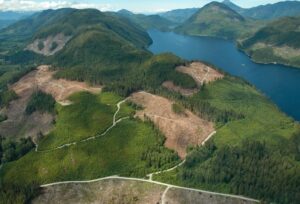 The Interior Department says it’s on track to meet a federal goal to increase logging on federal lands, even as timber industry analysts warn low prices, scarce sawmills, and litigation will likely threaten progress. Interior’s Bureau of Land Management has increased timber sales by 4.6% so far in fiscal 2025 over all of fiscal 2024. Interior spokeswoman Alyse Sharpe said. …Trump’s logging goals face fierce headwinds, however, as depressed lumber prices, a worker shortage in the timber industry, and an overriding sense of uncertainty about the future of logging are chilling timber industry interest in actually cutting down the trees sold in federal sales, said Mindy Crandall, at Oregon State University. “The Forest Service can put the timber up for sale, but someone has to want it,” Crandall said. But Trump’s logging policies are likely to have limited reach across the US in part because federal lands make up only a small part of the timber supply, and tariffs are unlikely to crush the demand for Canadian lumber.
The Interior Department says it’s on track to meet a federal goal to increase logging on federal lands, even as timber industry analysts warn low prices, scarce sawmills, and litigation will likely threaten progress. Interior’s Bureau of Land Management has increased timber sales by 4.6% so far in fiscal 2025 over all of fiscal 2024. Interior spokeswoman Alyse Sharpe said. …Trump’s logging goals face fierce headwinds, however, as depressed lumber prices, a worker shortage in the timber industry, and an overriding sense of uncertainty about the future of logging are chilling timber industry interest in actually cutting down the trees sold in federal sales, said Mindy Crandall, at Oregon State University. “The Forest Service can put the timber up for sale, but someone has to want it,” Crandall said. But Trump’s logging policies are likely to have limited reach across the US in part because federal lands make up only a small part of the timber supply, and tariffs are unlikely to crush the demand for Canadian lumber.

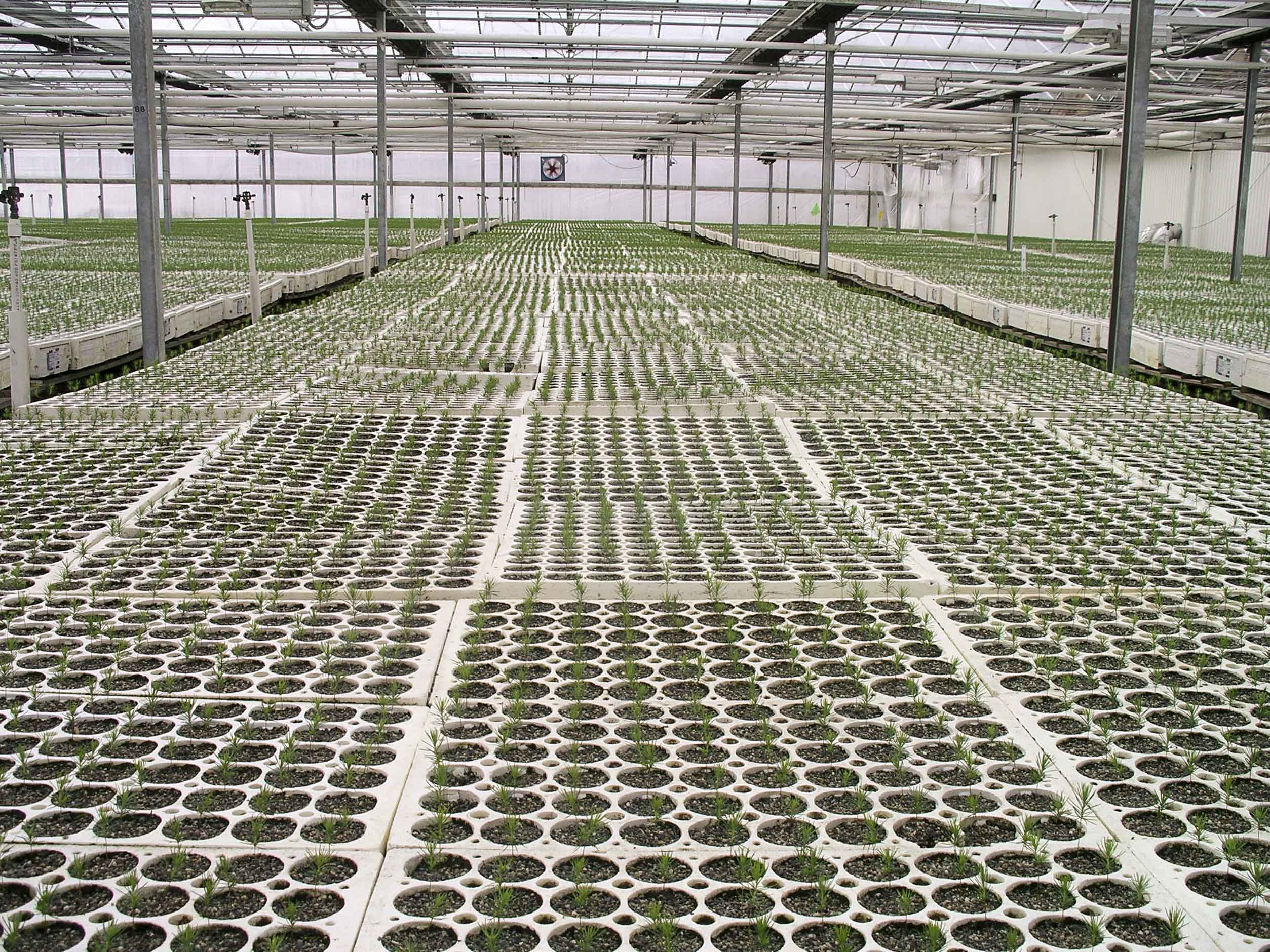 Through its 2 Billion Trees (2BT) program, the federal government has planted more than 228 million trees since 2021. With Canada enduring some of its worst wildfire seasons since it began, should the government expedite and increase its co-ordinated, replanting efforts? Canada’s 2 Billion Trees (2BT) program has achieved more than 11 per cent of its goal of planting, as the name suggests, two billion trees over a 10-year period. …The government also announced the program has agreements in place to plant one billion trees, approximately, since it kick-started the initiative in 2021. As of June 2025, Canada has signed or is negotiating tree-planting agreements with 11 provinces and territories, 58 Indigenous partners, 30 municipalities and 88 non-governmental organizations. …Restoring tree cover is an important strategy for carbon removal and addressing the climate crisis. So, with the intense wildfire seasons Canada has been experiencing in recent years, does the country require a more expedited process to keep its forests thriving?
Through its 2 Billion Trees (2BT) program, the federal government has planted more than 228 million trees since 2021. With Canada enduring some of its worst wildfire seasons since it began, should the government expedite and increase its co-ordinated, replanting efforts? Canada’s 2 Billion Trees (2BT) program has achieved more than 11 per cent of its goal of planting, as the name suggests, two billion trees over a 10-year period. …The government also announced the program has agreements in place to plant one billion trees, approximately, since it kick-started the initiative in 2021. As of June 2025, Canada has signed or is negotiating tree-planting agreements with 11 provinces and territories, 58 Indigenous partners, 30 municipalities and 88 non-governmental organizations. …Restoring tree cover is an important strategy for carbon removal and addressing the climate crisis. So, with the intense wildfire seasons Canada has been experiencing in recent years, does the country require a more expedited process to keep its forests thriving?


 TORONTO — World Wildlife Fund Canada’s
TORONTO — World Wildlife Fund Canada’s  In a career that has spanned nearly 40 years in the forestry industry, Michael McKay says he’s never had to face a situation like the one he’s staring at now. “This is probably one of the biggest, I mean with this fire and the current state of the industry, to have it all come together at once, it’s definitely about as tough as it’s been,” McKay said. The president of Franklin Forest Products is facing a perfect storm of problems but is pivoting as best he can to weather through it. The latest issue was the Mount Underwood Fire which started Aug. 11 and ended up destroying half of the company’s powerline despite his employees trying to save it. …The blaze interrupted the implementation of a new Gang Mill plant that would have added more staff to the company’s roster of 35 employees. …”It’s been four years and wood’s not coming out, there’s just no wood coming out of the bush and all we are is a bunch of too many squirrels chasing too few nuts,” McKay said.
In a career that has spanned nearly 40 years in the forestry industry, Michael McKay says he’s never had to face a situation like the one he’s staring at now. “This is probably one of the biggest, I mean with this fire and the current state of the industry, to have it all come together at once, it’s definitely about as tough as it’s been,” McKay said. The president of Franklin Forest Products is facing a perfect storm of problems but is pivoting as best he can to weather through it. The latest issue was the Mount Underwood Fire which started Aug. 11 and ended up destroying half of the company’s powerline despite his employees trying to save it. …The blaze interrupted the implementation of a new Gang Mill plant that would have added more staff to the company’s roster of 35 employees. …”It’s been four years and wood’s not coming out, there’s just no wood coming out of the bush and all we are is a bunch of too many squirrels chasing too few nuts,” McKay said.
 Can the problems of wildfire and forestry industry setbacks be solved at once? …It will be a tough goal, especially with the Province’s timber supply forecast not projecting timber supply to turn in a positive direction until 2060. …The forest industry has been attempting to fight this every year. For wildfires, the BC Wildfire Service (BCWS) have adopted techniques, such as prescribed burnings, to try and mitigate the intense wildfire seasons. …One way is the more novel practice of harnessing the manpower of the logging industry. Nick Reynolds, acting director of investigations at the BC Forest Practices Board, was involved in two recent special investigations from the FPB on wildfire mitigation. …“Why don’t we use that engine and muscle (of the forestry industry)” Reynolds said. …Jason Fisher, executive director of FESBC, said that through their funding platform, they’ve seen workers who’ve specialized in traditional logging take on WRR work.
Can the problems of wildfire and forestry industry setbacks be solved at once? …It will be a tough goal, especially with the Province’s timber supply forecast not projecting timber supply to turn in a positive direction until 2060. …The forest industry has been attempting to fight this every year. For wildfires, the BC Wildfire Service (BCWS) have adopted techniques, such as prescribed burnings, to try and mitigate the intense wildfire seasons. …One way is the more novel practice of harnessing the manpower of the logging industry. Nick Reynolds, acting director of investigations at the BC Forest Practices Board, was involved in two recent special investigations from the FPB on wildfire mitigation. …“Why don’t we use that engine and muscle (of the forestry industry)” Reynolds said. …Jason Fisher, executive director of FESBC, said that through their funding platform, they’ve seen workers who’ve specialized in traditional logging take on WRR work.

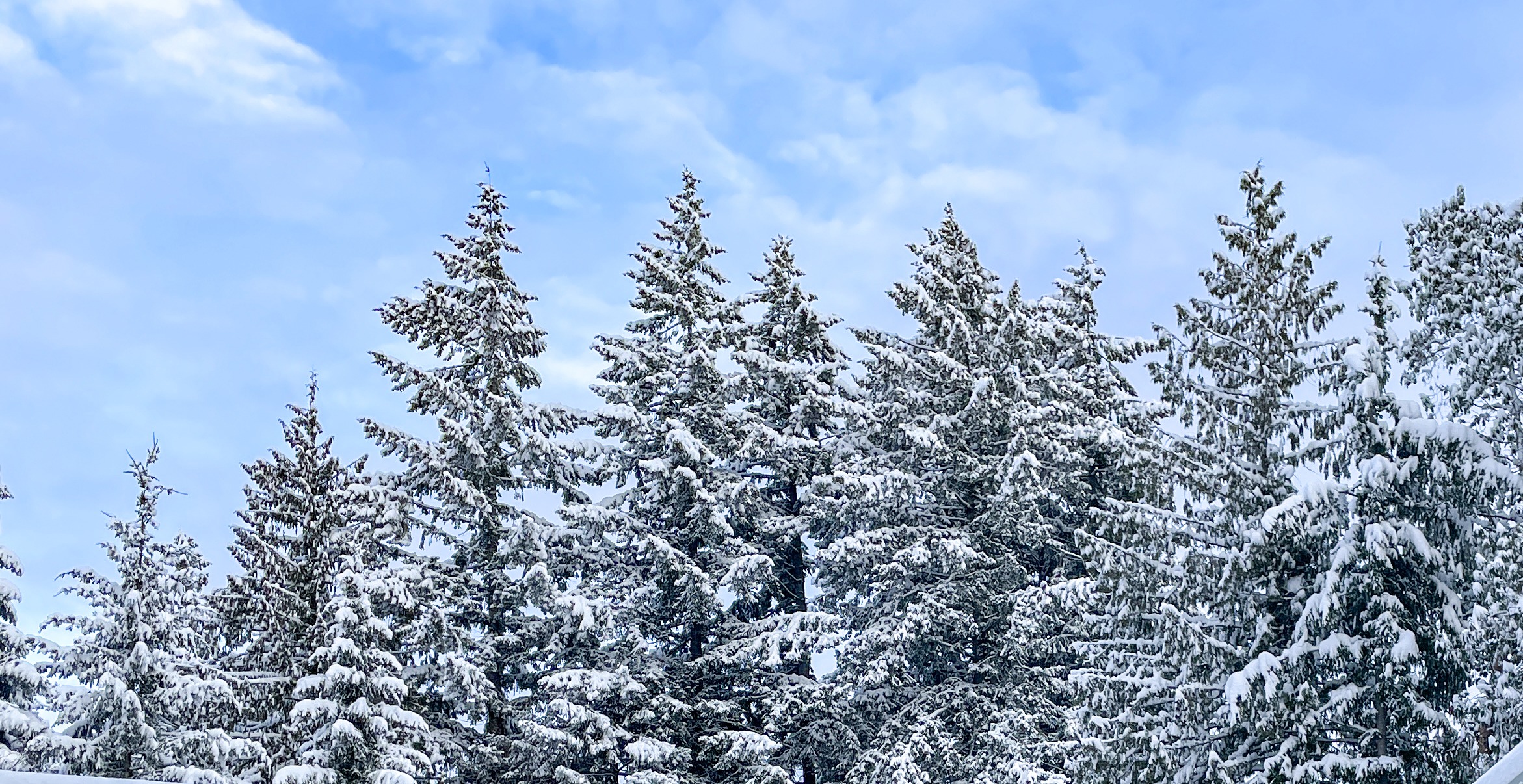 Less wildfire damage throughout the province and improved access to the great outdoors feature prominently in Danielle Smith’s renewed vision for Alberta. The premier issued new marching orders last week to Forestry and Parks Minister Todd Loewen, directing him to expand efforts to prevent wildfires and reduce their effects. One bullet point is that the minister seek a wildfire agreement with the federal government. Loewen said wildfire fighting and prevention are “incredibly important to Albertans.” So is more access to public lands in a sustainable way. “Those two things encompass a lot of what’s in the mandate letter, and I think they really resonate well with Albertans,” said Loewen, the member for Central Peace-Notley in the province’s northwest. He was one of four ministers to receive new mandate letters on Sept. 17.
Less wildfire damage throughout the province and improved access to the great outdoors feature prominently in Danielle Smith’s renewed vision for Alberta. The premier issued new marching orders last week to Forestry and Parks Minister Todd Loewen, directing him to expand efforts to prevent wildfires and reduce their effects. One bullet point is that the minister seek a wildfire agreement with the federal government. Loewen said wildfire fighting and prevention are “incredibly important to Albertans.” So is more access to public lands in a sustainable way. “Those two things encompass a lot of what’s in the mandate letter, and I think they really resonate well with Albertans,” said Loewen, the member for Central Peace-Notley in the province’s northwest. He was one of four ministers to receive new mandate letters on Sept. 17.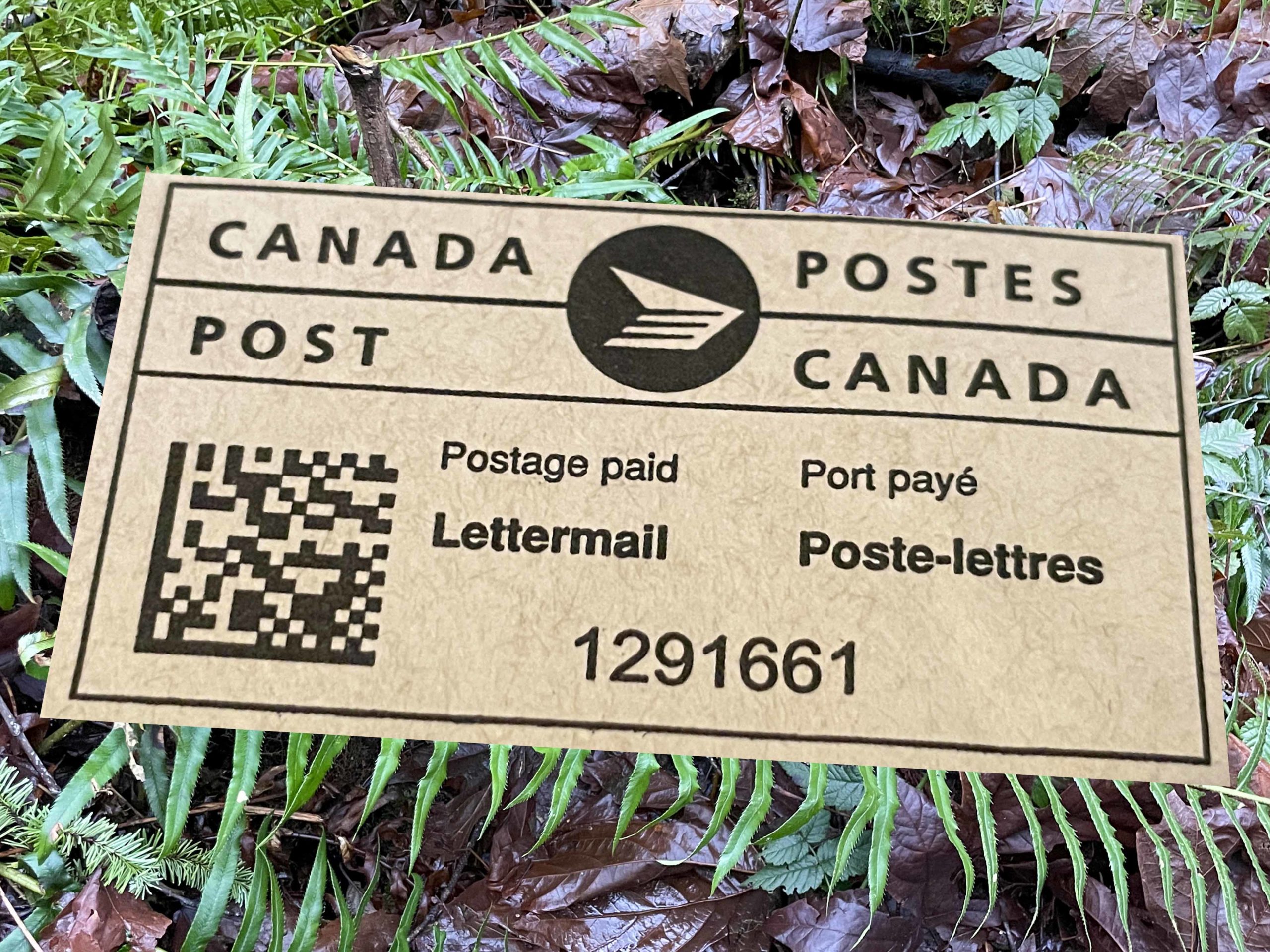 [Recent] articles in the Campbell River Mirror during Forestry Week, “Celebrating the role of First Nations in the forestry economy,” and “Mayor calls for urgent action to support forest industry,” deserve some context and reply from someone like myself who is directly in the crosshairs as a forest industry worker. …I work for La-kwa sa muqw Forestry Ltd., a majority-owned Western Forest Products company. And, as a union member, I am on strike. However, I am expressing my opinion only. …The article on the First Nations’ role in forestry is positive and forward-looking to a point. … On the face of it, you would think that the the Nanwakolas Council and Western Forest Products agreement was a win/win. …It glosses over the fact that Western is now using that partnership to try to gain major concessions from the union regarding the mid-island forest operations being a union shop.
[Recent] articles in the Campbell River Mirror during Forestry Week, “Celebrating the role of First Nations in the forestry economy,” and “Mayor calls for urgent action to support forest industry,” deserve some context and reply from someone like myself who is directly in the crosshairs as a forest industry worker. …I work for La-kwa sa muqw Forestry Ltd., a majority-owned Western Forest Products company. And, as a union member, I am on strike. However, I am expressing my opinion only. …The article on the First Nations’ role in forestry is positive and forward-looking to a point. … On the face of it, you would think that the the Nanwakolas Council and Western Forest Products agreement was a win/win. …It glosses over the fact that Western is now using that partnership to try to gain major concessions from the union regarding the mid-island forest operations being a union shop. 




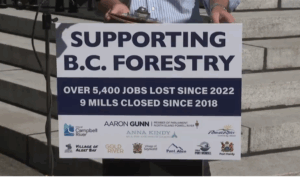 Today on the back steps of the Legislature building, MP Aaron Gunn, MLA Anna Kindy along with five North Island Mayors are calling on Ottawa and BC to remove the red tape when it comes to cutting permits in the province. North Island- Powell River MP Aaron Gunn sent an open letter today to both Premier David Eby and Prime Minister Mark Carney telling North Vancouver Island and the province is in a forestry crisis. “Harvest volumes have collapsed in half and more than 5,400 jobs have been lost. It’s the result of made in BC, made in Canada policies that have delayed permitting, dramatically increased harvesting costs and crippled investors confidence,” said Gunn. The Mayor of Powell River Ron Woznow was at the press conference with Gunn, echoing his concerns. …BC Forests Minister Ravi Parmar reacted briefly… adding that more details on a ‘refreshed BC timber sales’ will be released Tuesday.
Today on the back steps of the Legislature building, MP Aaron Gunn, MLA Anna Kindy along with five North Island Mayors are calling on Ottawa and BC to remove the red tape when it comes to cutting permits in the province. North Island- Powell River MP Aaron Gunn sent an open letter today to both Premier David Eby and Prime Minister Mark Carney telling North Vancouver Island and the province is in a forestry crisis. “Harvest volumes have collapsed in half and more than 5,400 jobs have been lost. It’s the result of made in BC, made in Canada policies that have delayed permitting, dramatically increased harvesting costs and crippled investors confidence,” said Gunn. The Mayor of Powell River Ron Woznow was at the press conference with Gunn, echoing his concerns. …BC Forests Minister Ravi Parmar reacted briefly… adding that more details on a ‘refreshed BC timber sales’ will be released Tuesday. Mosaic Forest Management says it has heard Vancouver Islanders loud and clear when it comes to accessing private forest lands,
Mosaic Forest Management says it has heard Vancouver Islanders loud and clear when it comes to accessing private forest lands, 


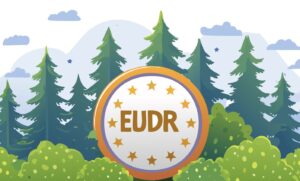
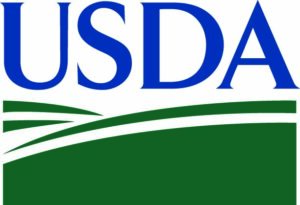 WASHINGTON, DC — US Secretary of Agriculture Rollins announced the USDA Forest Service is investing
WASHINGTON, DC — US Secretary of Agriculture Rollins announced the USDA Forest Service is investing 
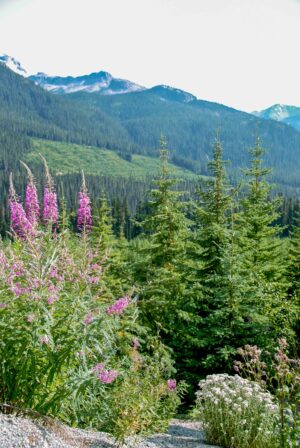


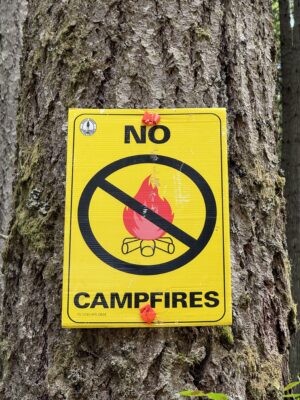
 Brazil will invest $1 billion in the
Brazil will invest $1 billion in the 
 The European Commission has proposed delaying the EU’s flagship anti-deforestation law for the second year in a row as it continues its war on red tape. The rules, which would force companies to stop using commodities that have been produced on deforested land, are unpopular with many businesses who argue they impose complex regulatory burdens. Several of the EU’s trading partners have also complained about the law. …The EU’s environment commissioner Jessika Roswall, announcing the delay of the European Union Deforestation Regulation said “We need the time to combat the risk with the load of information in the IT system.” …It’s the latest in a long string of actions by the Commission since late last year to weaken or delay green rules, part of a grand push to get rid of red tape and boost the global competitiveness of European industry.
The European Commission has proposed delaying the EU’s flagship anti-deforestation law for the second year in a row as it continues its war on red tape. The rules, which would force companies to stop using commodities that have been produced on deforested land, are unpopular with many businesses who argue they impose complex regulatory burdens. Several of the EU’s trading partners have also complained about the law. …The EU’s environment commissioner Jessika Roswall, announcing the delay of the European Union Deforestation Regulation said “We need the time to combat the risk with the load of information in the IT system.” …It’s the latest in a long string of actions by the Commission since late last year to weaken or delay green rules, part of a grand push to get rid of red tape and boost the global competitiveness of European industry. 